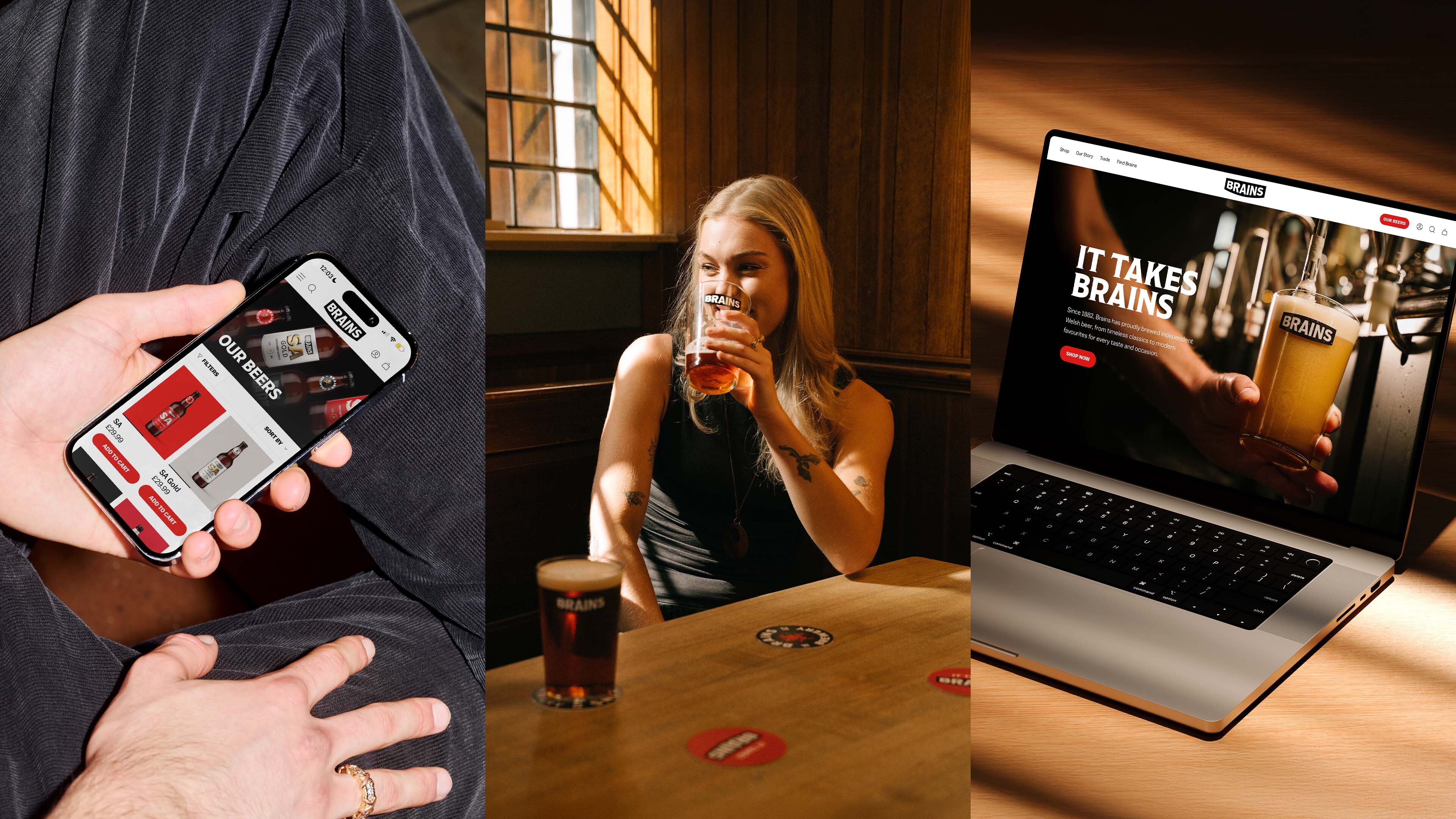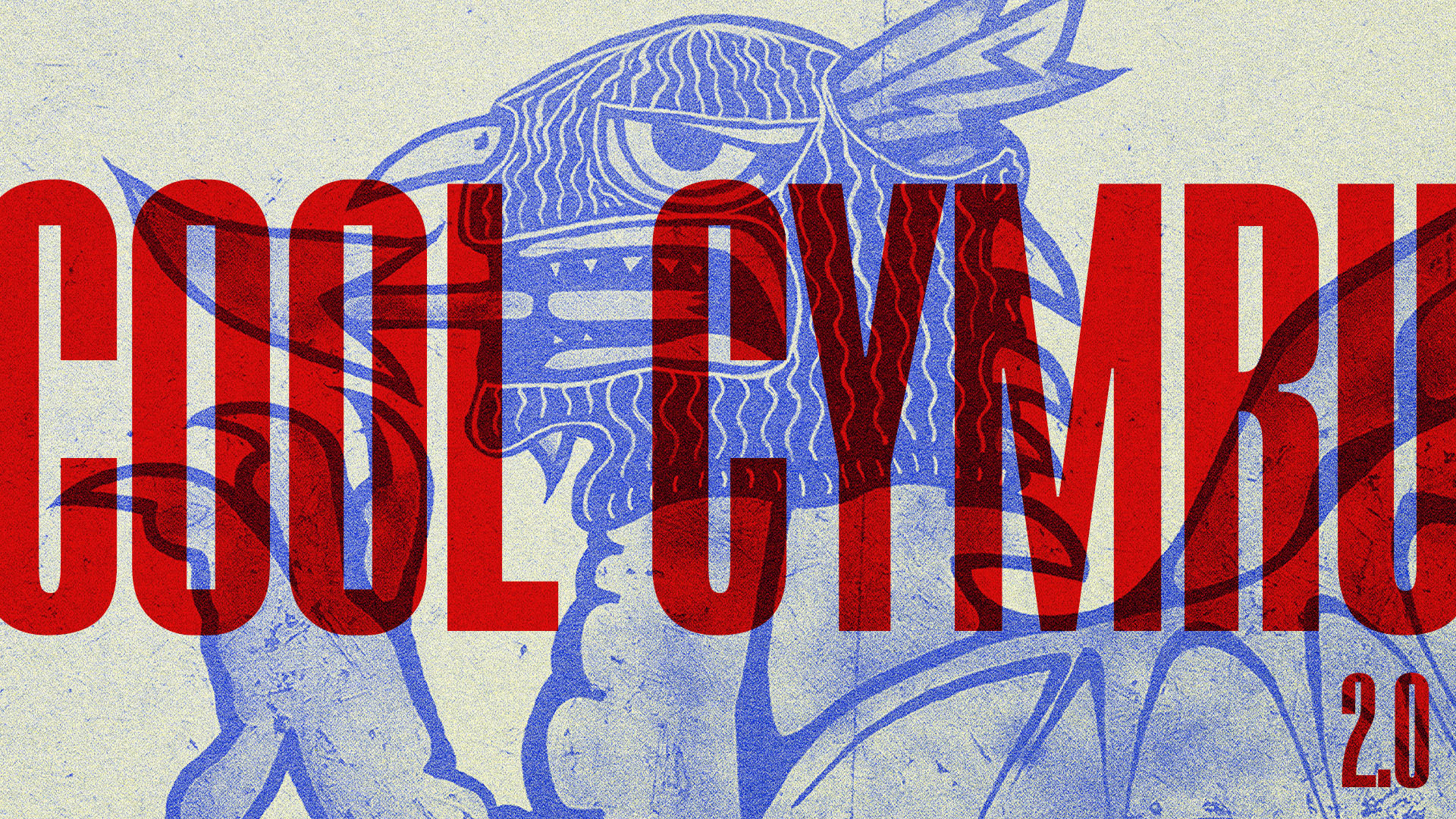Why culture isn’t what you say it is, it’s what your people live every day.
Most of what people see from a brand lives on the surface—logos, websites, tone of voice. But behind every strong external identity is a strong internal brand holding it all together. And too often, that bit gets left out.
Internal branding—what we call Inside Out Branding, isn’t about motivational posters or perks. It’s about building a culture people believe in and live every day. The kind that drives the way teams behave, how decisions get made, and how the business shows up in the world.
At its best, internal branding captures the invisible stuff—values, behaviours, expectations—and makes it visible. It builds alignment from the inside, so everyone is pulling in the same direction.
Think of Apple. Every detail, from product design to how retail staff talk to customers, reflects a shared set of internal beliefs. That didn’t happen by accident. It happened because the internal brand is as considered as the external one.
Or take John Lewis. Their co-ownership model means employees aren’t just staff—they’re partners. That one idea underpins everything from how they serve customers to how they hold each other to account. The result is a brand that feels consistent and lived in.
Internal branding gives people clarity. What’s expected. What they’re working towards. And how to do things the right way, not just the fast way. Done well, it becomes the foundation for performance, trust, and culture.
So how do you build it?
Start by defining the culture you want. Be specific. If you say you value collaboration, explain what that looks like in practice. What does good behaviour sound like in a team meeting? How do you want people to handle conflict? What gets celebrated?
Then work out where you are now. Talk to your team. Run surveys, focus groups, and one-to-ones. Ask what success looks like—and how it’s recognised. Map the gaps between what you want and what’s actually happening.
Then involve people in the process. Co-create values and behaviours with the people who will live them. Gather stories, examples, and input from across the business. This makes the brand real—and harder to ignore.
Once you’ve got the shape of your internal brand, bring it to life. Create launch campaigns, embed it into onboarding, update your materials. Make it visible and consistent. This isn’t a one-off. It’s the beginning of a cultural habit.
And then embed it.
Start with leadership. Leaders have to live the brand—through their decisions, their communication, and their management style. Train them in it. Hold them accountable. And make it a regular part of how you talk about performance.
Thread the internal brand through the entire employee journey. From hiring to exit interviews. Use it to shape recruitment ads, onboarding sessions, one-to-ones, performance reviews, and training programmes. Every touchpoint is a chance to reinforce—or undermine—the culture.
Build rituals that reinforce what good looks like. Weekly values-led updates. Monthly shout-outs or awards. Peer-led storytelling channels where people recognise each other. Keep it visible, authentic, and regular.
And finally, find your champions. Every company has people who live the brand without being asked. Give them the platform to help shape and protect it. They’ll help the culture scale, especially as the team grows.
When internal branding works, it’s not top-down. It’s not forced. It’s something people believe in—and want to keep alive.
Because if your people don’t live the brand, your customers won’t feel it.

